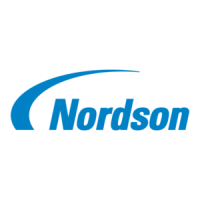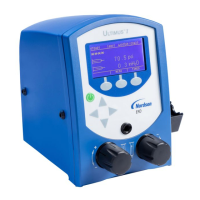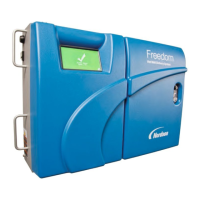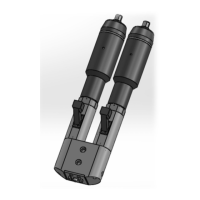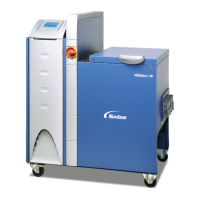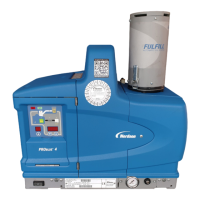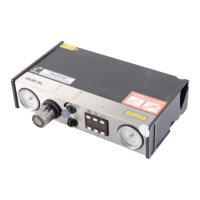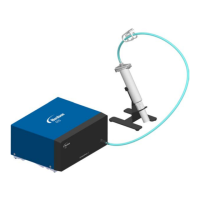A-16 Appendix A - Material Safety Information
Symptoms and effects:
Not expected to give rise to an acute hazard under normal
conditions of use. Ingestion may cause bluish skin (cyanosis),
irregular heart beat, shortness of breath, and unconsciousness.
First Aid – Inhalation:
Inhalation of any vapours from this product is not likely to present
First Aid – Skin:
Remove contaminated clothing and wash affected skin with soap
and water. If persistent irritation occurs, obtain medical attention. If
high pressure injection injuries occur, obtain medical attention
First Aid – Eye:
Flush eye with copious quantities of water. If persistent irritation
occurs, obtain medical attention.
First Aid – Ingestion:
Wash out mouth with water and obtain medical attention. DO
Advice to physicians:
Treat symptomatically. Aspiration into the lungs may result in
chemical pneumonitis. Dermatitis may result from prolonged or
repeated exposure.
5. FIRE FIGHTING MEASURES
Specific hazards:
Combustion is likely to give rise to a complex mixture of gases and
airborne particulates, including carbon monoxide, oxides of
sulphur, and unidentified organic and inorganic compounds.
Extinguishing media:
Foam and dry chemical powder. Carbon dioxide, sand or earth
may be used for small fires only.
Unsuitable extinguishing
Water in a jet. Use of Halon extinguishers should be avoided for
Protective equipment:
Proper protective equipment including breathing apparatus must
be worn when approaching a fire in a confined space.
6. ACCIDENTAL RELEASE MEASURES
Avoid contact with skin and eyes.
Wear impermeable gloves and boots.
Environmental
Prevent from entering into drains, ditches or rivers. Inform local
authorities if this cannot be prevented.
Clean-up methods – small
Shovel into a suitable, clearly marked container for disposal or
reclamation in accordance with local regulations.
Clean-up methods – large
Dispose of as for small spills.
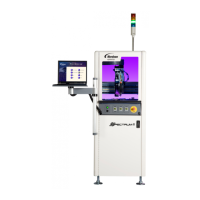
